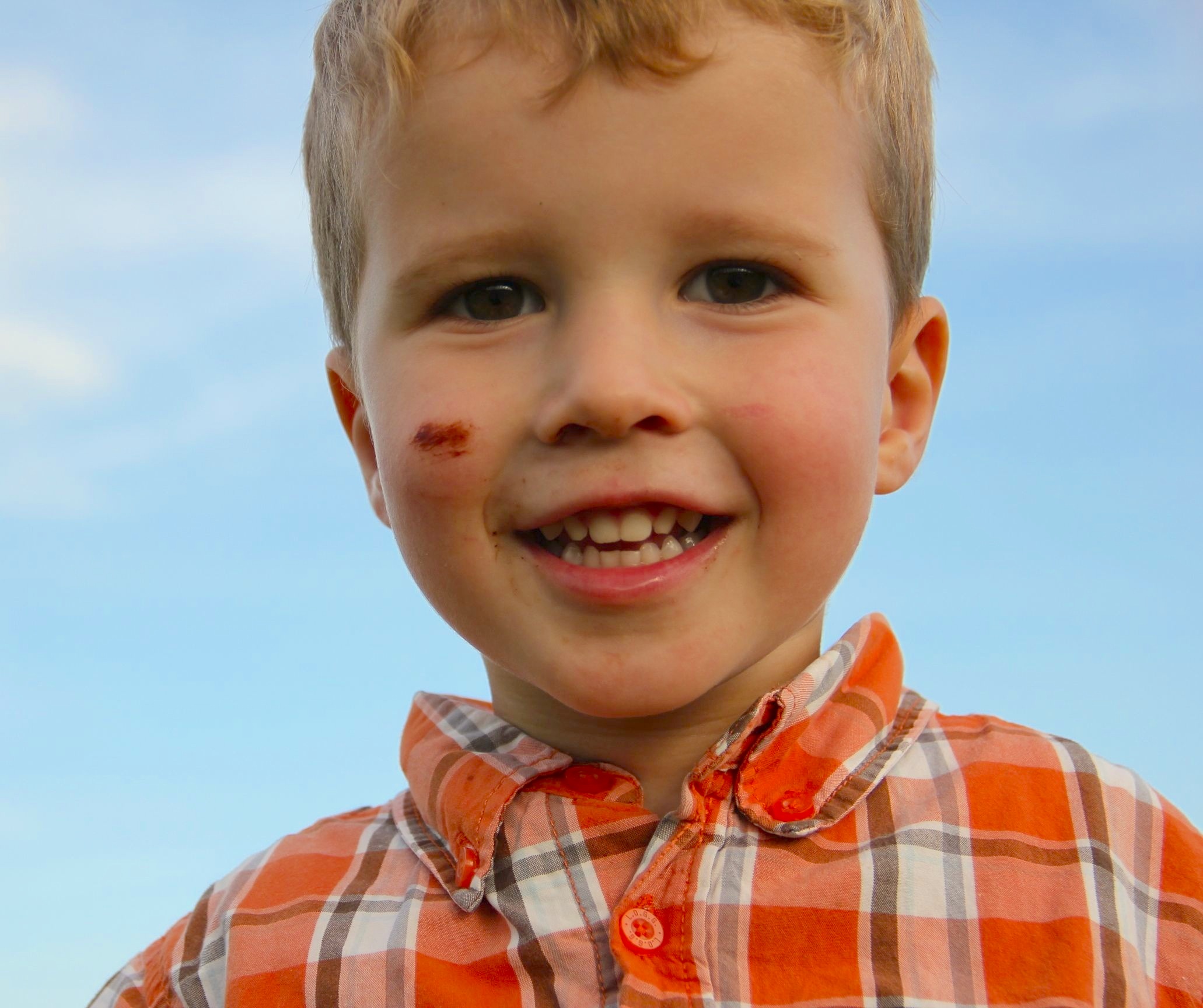
If the United States is the country of plastic money, then Germany is where cash is king. When traveling to Germany, be ready to have enough cash in your wallet because many shops, restaurants, and taxis don’t accept credit cards. But why is Germany that obsessed with cash?
For her 12th birthday, our daughter invited a few of her friends to go to a spa (here in Maryland) and get a manicure. When they came home, Amélie was thrilled about one special present: a prepaid Visa Target card for $25. My husband and I were speechless. Even after five years of living in the US, we still wonder about some American habits, particularly when it comes to money. For Americans, it seems normal. Not for us, as we feel plastic money is for adults, not kids: too easy to overspend, not to mention a piece of plastic sends the wrong message to a child: consume and spend!
On the other side of the ocean, in continental Germany, cash is king. My good friend Manu is French but has lived in Germany for almost all of her life. One day, she confessed to having lost EUR 1,000 in cash, so well hidden in her apartment that she couldn’t find it. Barely understandable to me: My late grandmother was known for hiding money under her mattress, but when she passed away in 2001, she was over 90 and not 35 like my friend!
Why is Germany that obsessed with cash?
The German psyche has a bad recollection of past inflationary events. After WWI, the Weimar Republic suffered “one of the most extreme hyperinflation[s] in history.” In January 1919, one US-dollar was exchanged for 7.95 Marks (the former German currency). In November 1913, Germans needed 130,000,000,000 Marks to have the equivalent of one dollar!
Many habits are set during childhood, and German children grow up with cash. According to a 2014 Deutsche Bundesbank cash payment survey, cash was used in Germany for 80% of transactions! In comparison, in the US, researchers from several central banks have estimated that a little less than half of all payments are made in cash.
My German friend Carola lived in Virginia for three years, but I can’t remember to have ever seen her paying with plastic. If we shared the bill, she’d give me cash and I’d pay with my credit card. It was the same when we once bought tickets for a dolphin cruise with the children in Chincoteague.
According to another study conducted by YouGov in 2015, 75% of the respondents said that it’s easier to keep track of expenses, and 72% said that it’s safer to pay with cash. Also, my friend presented both arguments.
“For Germans, more than for the citizens of virtually any other Western economy, ‘money‘ still means, above all, physical cash,” wrote Bloomberg in this article from last February. The European Central Bank estimated last November that the average German wallet contains EUR 103, more than three times the figure in France (EUR 32)! I asked Carola once how much she had on average in her wallet. Her answer? $200.
How to travel in cash-only Germany?
Traveling to a country with a low acceptance for credit cards can be frustrating. For Americans used to credit cards, Germany is frustrating.
Only one in four Germans has a credit card.
Only 5% of all cashless payments in Germany are made with a credit card, representing only 0.2% of all cashless revenue.
If Germans travel abroad, they get a credit card. For Americans traveling to Germany, it’s more tricky. Once they get out of larger cities or tourism centers, credit cards are often useless. Stickers on the doors of shops and restaurants usually show which credit cards are accepted, the most common cards in Germany being Mastercard and Visa.
Many shops and restaurants don’t accept credit cards because they come with a high processing fee. As retail and gastronomy are very competitive fields with small margins, owners often opt for a more common and cheaper payment form: the electronic direct debit. The EC-Card (EC stands for EuroCheck) is a kind of debit card that works with a PIN. Unfortunately, tourists from abroad are excluded from the most common forms of cashless payment in Germany, as only legal residents with a German bank account can apply for it.
All things considered, using ATMs and withdrawing cash is the simplest solution. Just make sure you know your PIN before leaving the US! Cash always works; technology doesn’t.
Is it your first time here? You may want to check out these post: Do All Americans Live Like Time Is Money?





Hi Catherine,
I gave your post some thought. I would say this cash obesity is a century old habit. As far as I can say, without any references, it relates to the German tradesmen’s phraze “Nur Wahres ist bares! (Only cash is truth!”). During the Middle Ages, guilds for all kinds of crafts came into existence. Among all was one guild for tradespersons (Kaufleute), they came up with the concept of the “respectable / honest tradesman” (“ehrbahre Kaufmann”). This honesty was around not cheating the customers by selling the pig in the poke or goods of average quality and similar. You will find this principle still existing today in §243 Civil Code or http://www.gesetze-im-internet.de/englisch_bgb/englisch_bgb.html#p0733. Now coming back to the original phrase, I would say that cash instead of IOUs or barter trade was the preferred method of paying. These are just my two pennies…
Good input, thank you Alexander